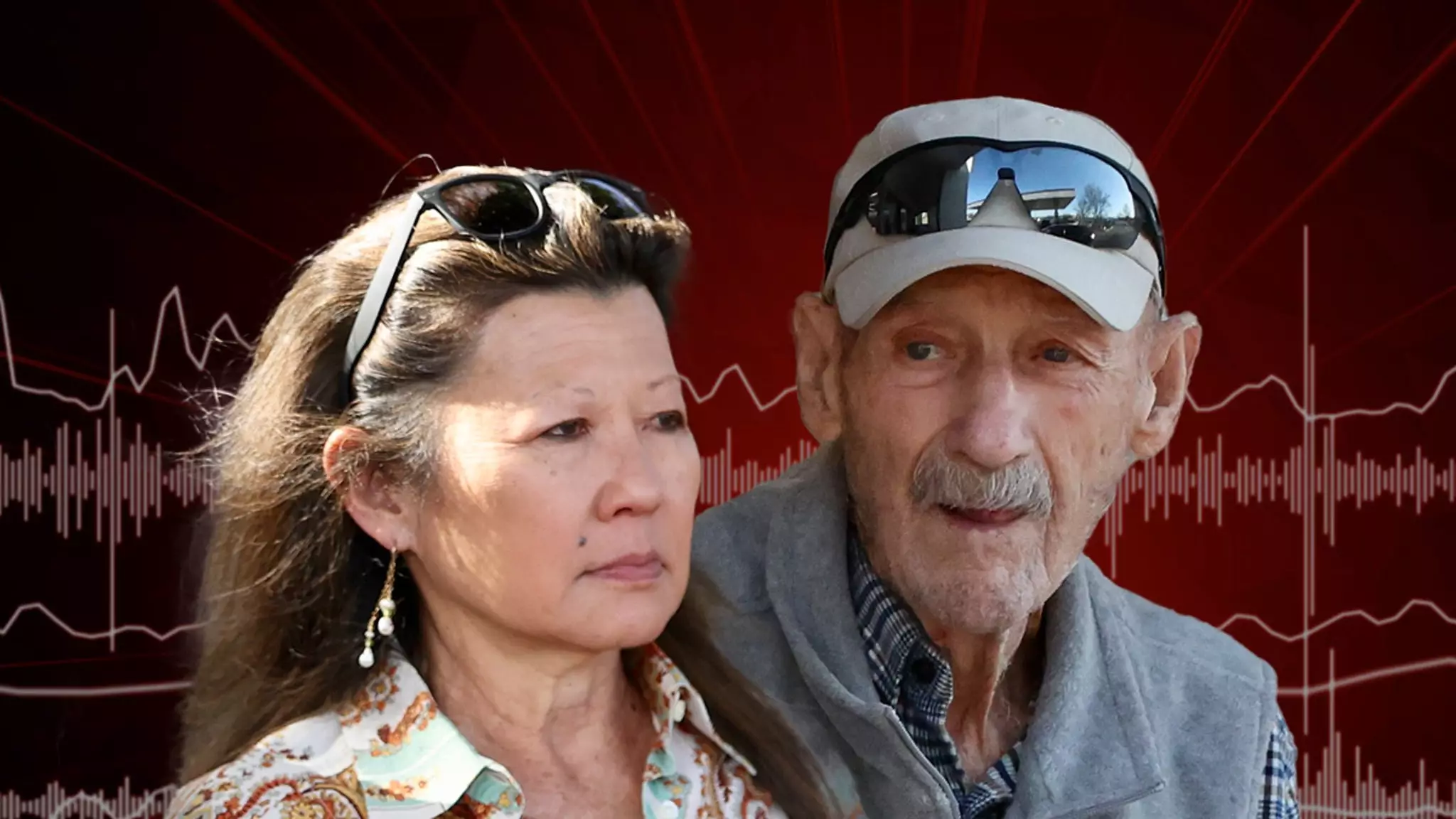The tragic circumstances surrounding the deaths of legendary actor Gene Hackman and his wife Betsy Arakawa have left fans and followers in disbelief. The shocking nature of their passing was brought to light through a frantic 911 call that revealed an emotional scene. As more details have emerged, the need for a careful analysis of the incident and its implications becomes increasingly vital, offering insights into not just the event itself, but the broader themes of life, aging, and the unforeseen complexities of domestic existence.
The 911 recording provides a haunting glimpse into a moment of desperation. The unnamed caretaker’s emotional outburst illustrates the weight of the situation, as he struggles to convey the alarming discovery of two bodies inside the Hackman residence. It is a poignant reminder of how sudden tragedies have profound effects on those who bear witness. The audible distress in his voice underscores the human experience, where the fragility of life is starkly illuminated by unexpected encounters with death.
The call reveals a lack of certainty and details about the situation—the caretaker could not confirm the ages or genders of the individuals he found. This uncertainty further exacerbates the urgency of the call. It forces listeners to confront the chilling reality that the lives of those we may idolize can suddenly and inexplicably come to an end.
Upon notification of the emergency, local authorities arrived to investigate the residence. Inside, they encountered distressing clues suggesting a suspicious timeline leading to the couple’s demise. The front door was found wide open, a sign of potential struggle or at least an unsettling disregard for safety. Additionally, the presence of their dogs, both healthy and a deceased one nearby, raised questions about the circumstances that had transpired.
The details surrounding the scene painted a vivid picture of chaos. The mere fact that a space heater was positioned next to Betsy’s body, accompanied by scattered pills, provides an unsettling narrative of potential struggles with health. Such findings provoke discussions not only about Hackman and Arakawa’s wellbeing but also highlight societal issues surrounding aging, health crises, mental health, and how loved ones often grapple with these realities in silence.
As investigators delved deeper into the couple’s home, their preliminary assessments raised even more eyebrows. A search warrant was obtained, leading to a thorough examination of the premises. The detective’s note on the circumstances portrayed a scene that warranted scrutiny, a reminder that mourning often walks hand-in-hand with the need for closure. The intricacies of this investigation reveal a pressing question: What truly happened in the domestic space that many associated with warmth and love?
The mention of signs of mummification next to Betsy’s body is especially troubling and suggests a timeline that has yet to be fully explained. Meanwhile, the apparent accidental positioning of Gene Hackman’s body raises an eerie atmosphere—had he been conscious at the time, or did fate smile differently upon the moments leading to their respective ends?
Beyond the immediate tragedy lies a narrative that resonates with many: the challenges faced by those navigating the golden years of life. At 95 years of age, Hackman had lived a rich, storied life as an actor, but his passing leaves an unsettling legacy entwined with questions about how society considers the elderly.
Couples like Hackman and Arakawa are often seen as symbols of enduring love, yet their struggle underlines a deeper examination of mental and physical health as one ages. Their plight compels a broader reflection on how society treats its older adults and the systemic structures in place to support their ongoing needs and safety.
The tragic death of Gene Hackman and Betsy Arakawa serves as a somber reminder of life’s unpredictable nature. It urges us to ponder the legacies that individuals leave behind—not only in terms of their accomplishments but also in their human experiences. As details continue to emerge from this investigation, the voices of those happier times become intertwined with the sorrow of what remains unspoken. Understanding these complexities invites a holistic appreciation for life, love, and the unforeseen circumstances that shape our existence.

